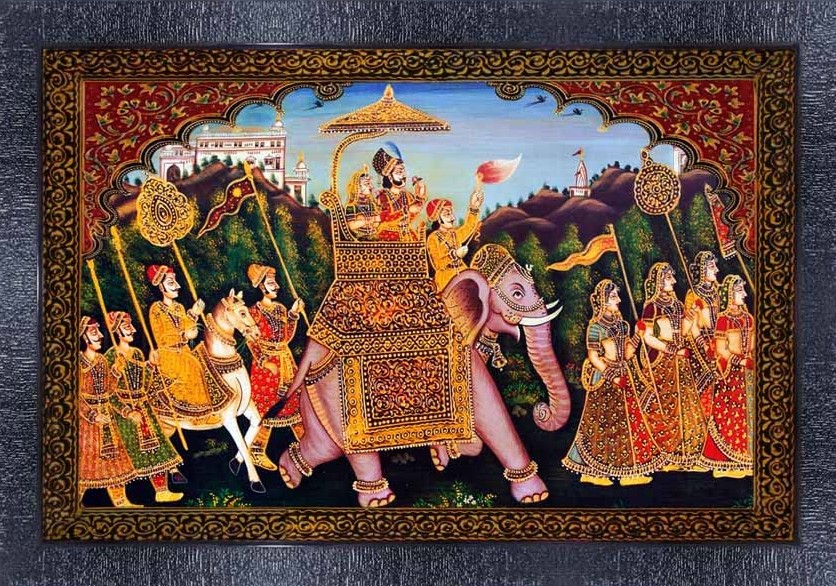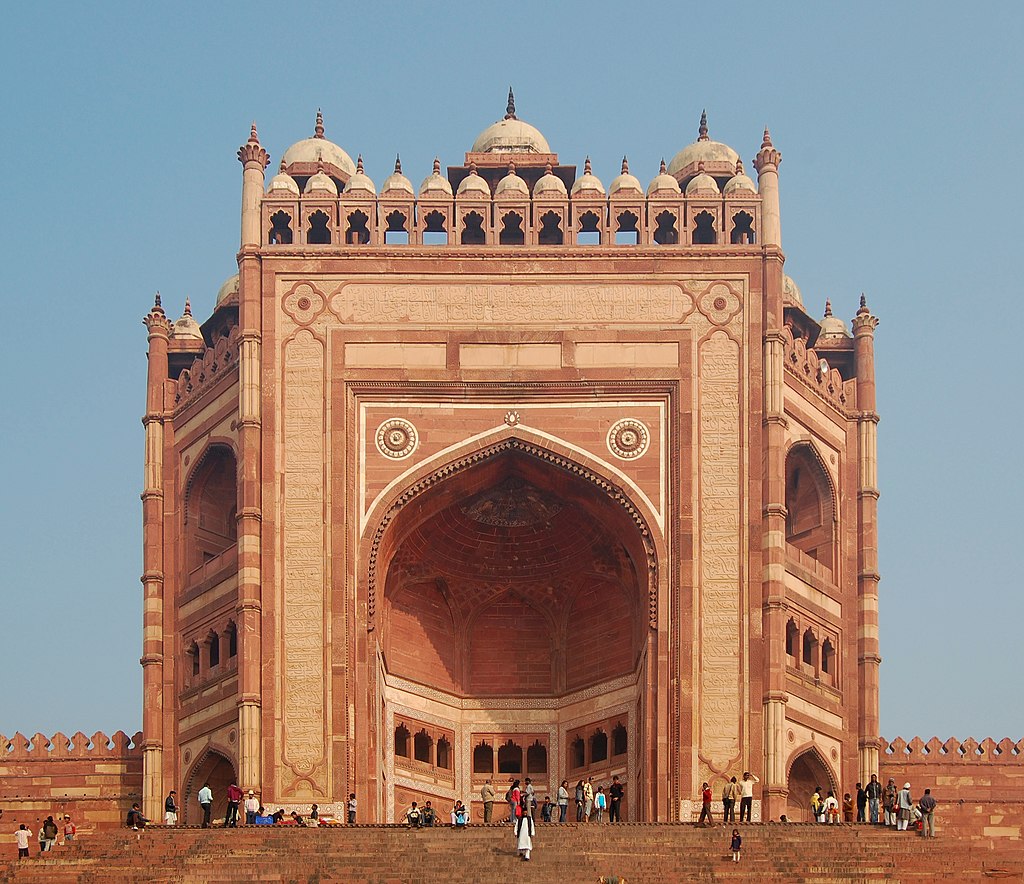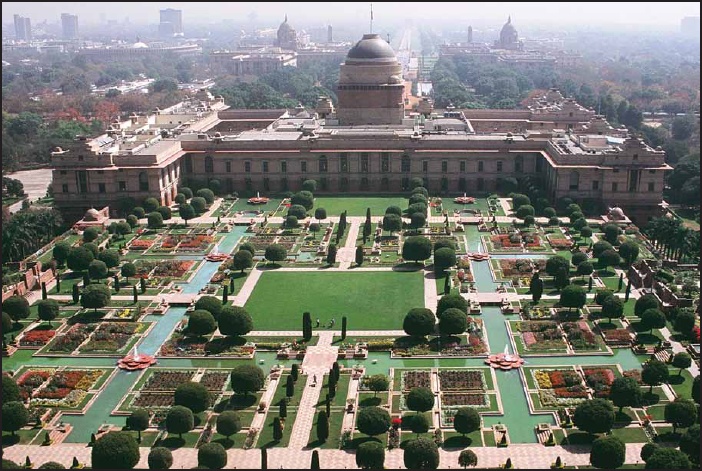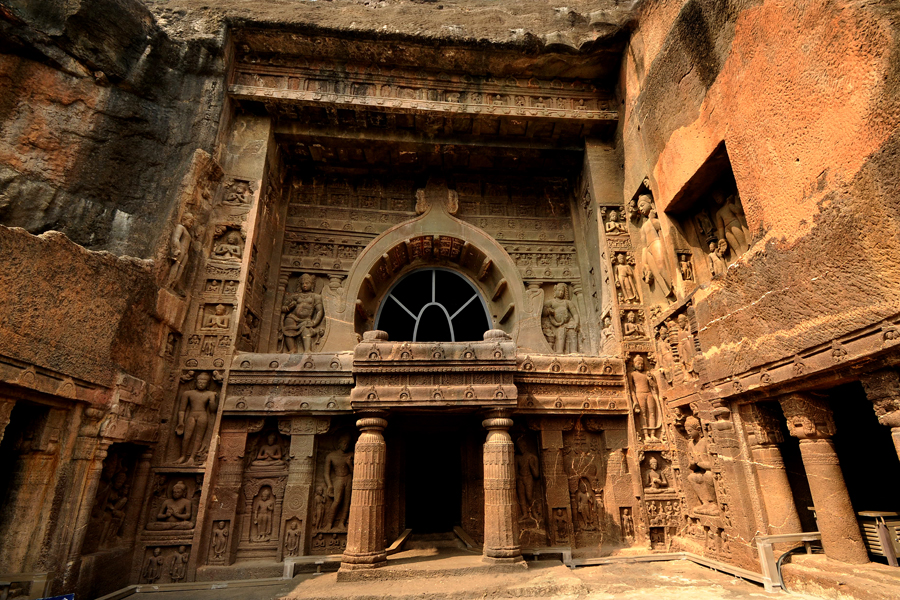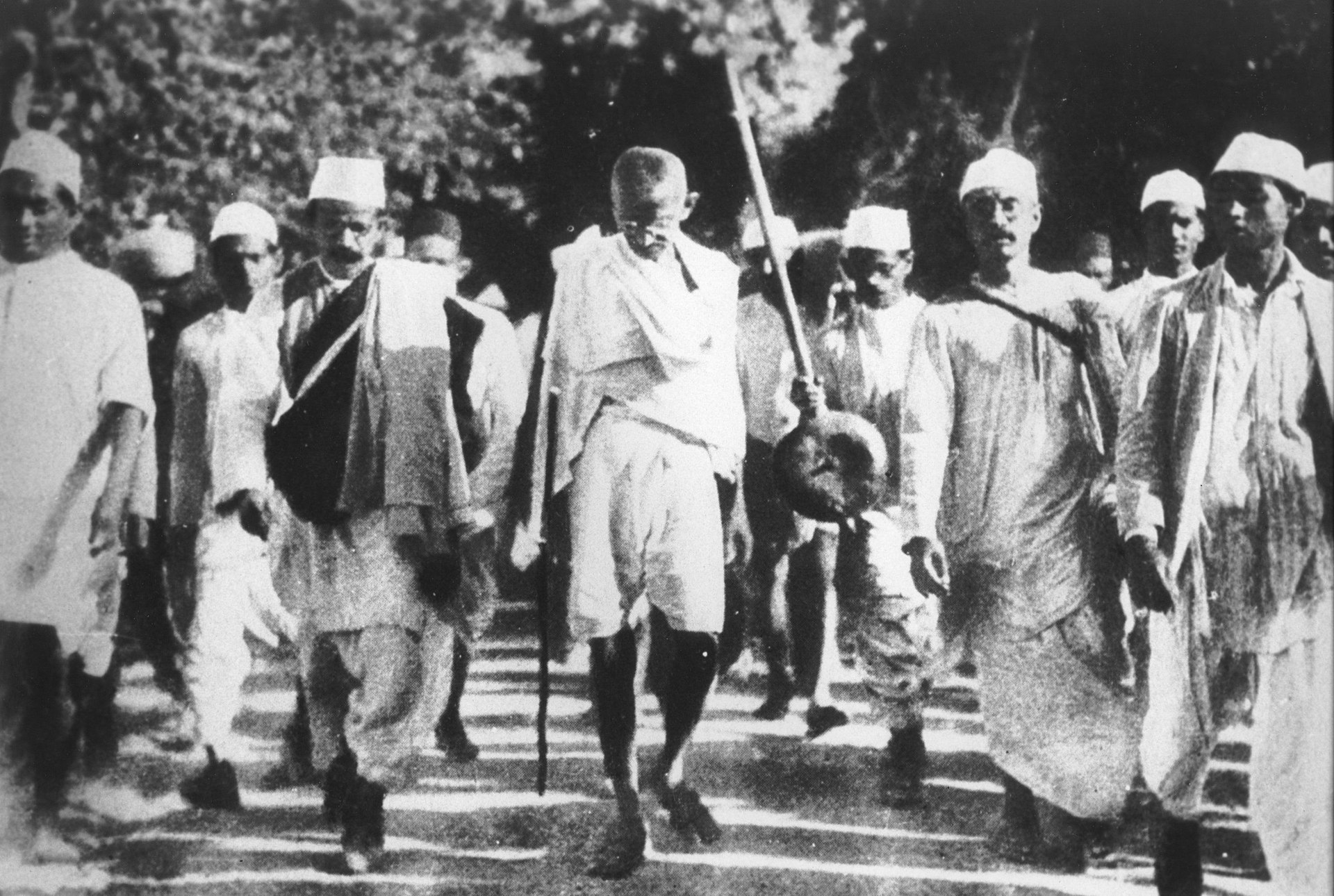Rajasthani Miniature Painting: Vibrant Colors and Courtly Life on Paper
Rajasthani Miniature Painting, also known as Rajput Painting, is a vibrant and distinctive school of Indian miniature painting that flourished in the royal courts of Rajasthan (Rajputana) primarily from the 16th to 19th centuries. Characterized by its bold lines, vibrant colors, intricate details, and diverse themes ranging from courtly life and portraits to religious epics

